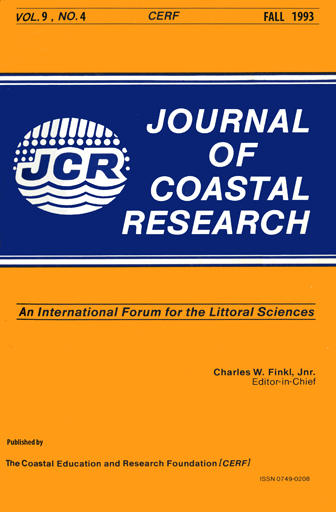The Distribution of Loggerhead Turtles (Caretta caretta) in the Entrance Channel of Charleston Harbor, South Carolina, U.S.A.
Keywords:
Entrance channel, sea turtle, dredging, loggerhead turtle, Kemp's ridley turtleAbstract
A 16-month survey of sea turtle populations was conducted in the entrance channel of Charleston Harbor in order to document the seasonal, diurnal and spatial variability in turtle densities within a portion of the channel that required dredging using hopper dredges. Fifty-three loggerhead turtles (Caretta caretta), and one Kemp's ridley turtle (Lepidochelys kempi) were captured, tagged and released during the survey period. Loggerhead turtle densities varied seasonally with highest densities observed during the summer months and lower densities observed during the spring and fall. Densities were positively correlated with water temperature and no turtles were captured in winter months when water temperatures were below 16°C. The relative abundance of turtles varied significantly among the four zones representing different segments of the channel length, but not among the subzones representing different portions of the channel width. Highest densities were collected from a zone which contained both mud bottom and hard bottom habitats. Lowest densities were found in the zone closest to the seaward end of the channel jetties. Over the entire study period, approximately 60 % of the turtles were captured at night; however, there was no significant difference in diel catch rates. Eight of the 53 loggerhead turtles collected in this study were recaptured specimens, and most of these turtles had been at large for several months. The study results suggest that turtle mortalities can be reduced or eliminated if dredging is accomplished during the winter months, and that the probable incidence of turtle entrainment will be greater in certain portions of the channel compared to others.


